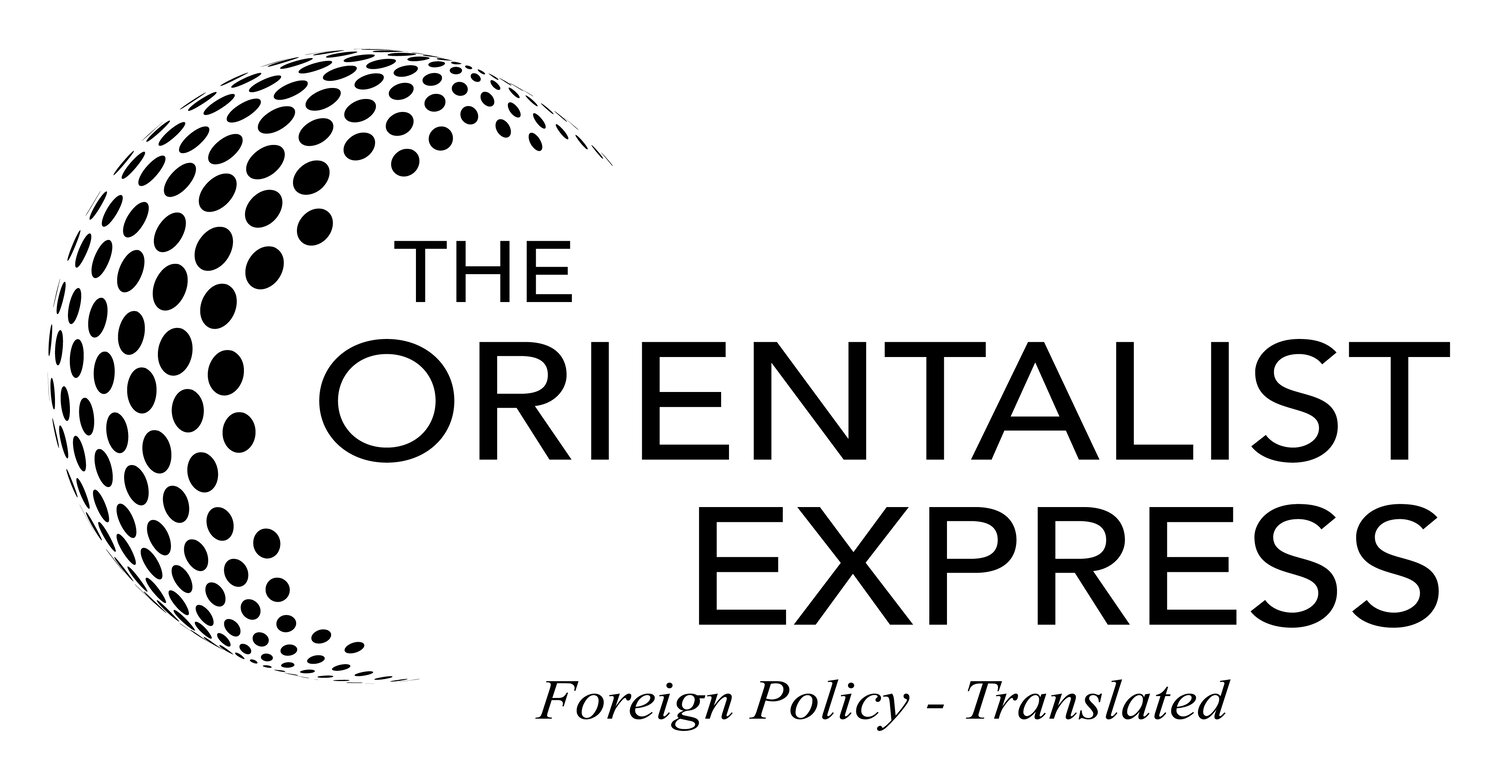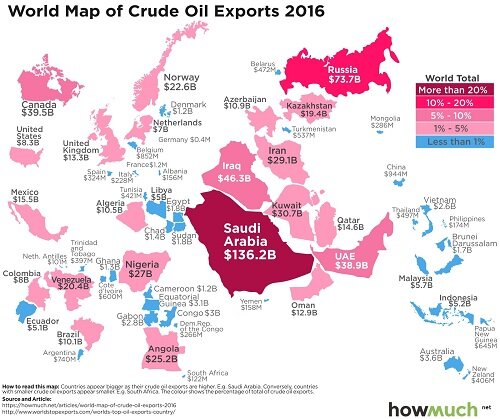Images of the attack targets in Saudi Arabia
Over this past weekend, the crisis in the Persian Gulf took yet another dramatic turn. Several petroleum processing facilities in Saudi Arabia were attacked and the resulting explosions have taken them offline for the near-term future. These attacks have reduced Saudi Arabia’s oil production capacity by nearly half, accounting for around 5% of the entire global oil supply. It has become one of the largest single-day disruptions to the global oil market in world history, but what can we expect to happen next? This week, we’ll revisit the crisis in the Persian Gulf and how it relates to the world economy.
Throughout its modern history, the fate and fortune of Saudi Arabia has been closely tied with its vast oil reserves. As we’ve discussed several times before, the global petroleum market is the foundation of global energy (and thus the global economy itself). Though several nations in the Gulf region have substantial oil reserves (and a few have none!), the Kingdom of Saudi Arabia enjoys the largest by far. The actual production capacity of Saudi Arabia is a closely-held government secret, but most estimates place it at around 11 - 12 million barrels of oil per day. This latest attack has reduced that number by nearly 5 million barrels per day. Oil from the Middle East isn’t as important to the United States as it used to be. After all, America has been dramatically increasing its own production capacity as a direct result of the instability of Middle Eastern oil. But other large economies like China and India rely heavily on Saudi exports, so this is still important for the overall economy.
The big question now is: who launched this attack? At first, a group of rebel fighters in Yemen known as the Houthis claimed responsibility and said they attacked the production plants using drones. But more recently, the United States government is claiming that Iran launched drone attacks against these facilities. The government has released evidence that claims the drones were Iranian made and cites the extreme complexity and precision of the strike as further evidence of Iranian involvement. But it may be difficult to prove exactly who is to blame. After all, the Iranian government has been providing equipment like drones to the Houthis for years (and both groups have motive to attack Saudi Arabia). After the United States pulled back from a military strike in Iran a few weeks ago, it seemed that tensions were starting to ease a little. So why would Iran or the Houthis launch this attack now?
Saudi Arabia and Iran have had a history of tense relations for nearly four decades. We’ve already listed most of the details in a previous post, but both nations have been challenging each other for dominance of the region. The latest escalations that have occurred recently are mostly due to the removal of the United States from the Iranian nuclear deal (JCPOA). After leaving the deal, the United States re-imposed very restrictive sanctions on Iran that has put pressure on Iran’s economy. Iran could be using this attack as a way of demonstrating their resolve by hurting their main petroleum competition in the region. The timing of the attacks is also likely related to Saudi Arabia’s state-owned oil company Saudi Aramco. Recently, Saudi Arabia decided to sell some of the shares of Aramco in a global IPO in order to help diversify its economy. The date of this sale was scheduled for later this year, and this attack initially threatened to move the IPO into next year. After all, attacks on petroleum facilities usually don’t help increase the stock price for an oil company.
But the situation between Iran and Saudi Arabia isn’t the only possible motivator here. The situation in neighboring Yemen could also have encouraged this attack. Since 2015, Yemen has been engulfed in a terrible civil war between the government forces (backed by Saudi Arabia and the United States) and the Houthi rebel forces (backed by Iran). This conflict in particular has seen devastating outbreaks of disease, famine, and bombing campaigns by Saudi forces (with support from the United States). Both major factions still hold substantial amounts of territory, so it does not appear that this war will end anytime soon. Much of the Houthi territory lies very close to the border with Saudi Arabia, so it would not be surprising to find Houthi fighters launching attacks within Saudi Arabia itself. But as of now, it seems far more likely that Iran is the main instigator of this latest attack.
Yemen’s Civil War. Red indicates government territory and Green indicates Houthi-held territory.
So what’s next? The current administration has announced more rounds of sanctions against Iran (though there isn’t a whole lot left to sanction at this point). There is always the possibility of a targeted strike or all-out war, but this seems less likely given the administration’s previous reluctance to launch military strikes against Iran. For its part, Iran has ruled out any direct talks with America for now. But this disruption to the global oil market likely won’t last for long. Saudi Arabia has begun ramping up production at other facilities and claims that most of the damage will be repaired within a few weeks. The United States’ Strategic Petroleum Reserve has also been activated to help calm the global markets. For now, it seems like tough talk and sanctions are part of the current strategy, but peace talks or military strikes are not.
Ultimately, much of this current conflict basically stems from the removal of the United States from the Iran nuclear deal and the re-imposition of sanctions. To be fair, Iran has engaged in destabilizing behavior ever since the Iranian Revolution of 1979. But the removal of the United States from this deal (when nearly every nation agreed Iran was holding up its end of the bargain at the time) has provided Iran with an easy cover to commit much more daring attacks. The strategy of “maximum pressure” currently being pursued by the United States simply reinforces Iran’s deepest held fears that America seeks regime change. The strategy continues to keep the door shut on any meaningful discussion as each side tries to outdo the other in tough talk and escalatory rhetoric. Both sides seem too proud to come to the table first, so we will likely remain locked in a tense standoff with no end in sight.



